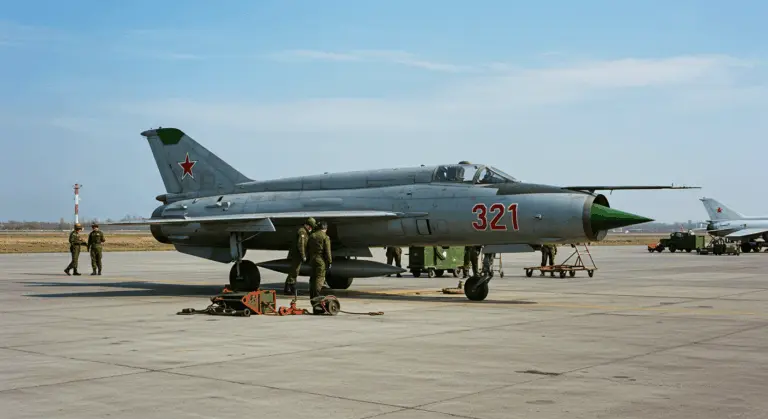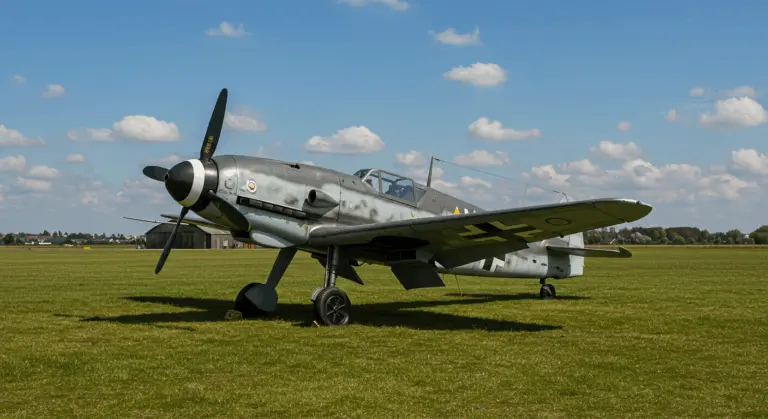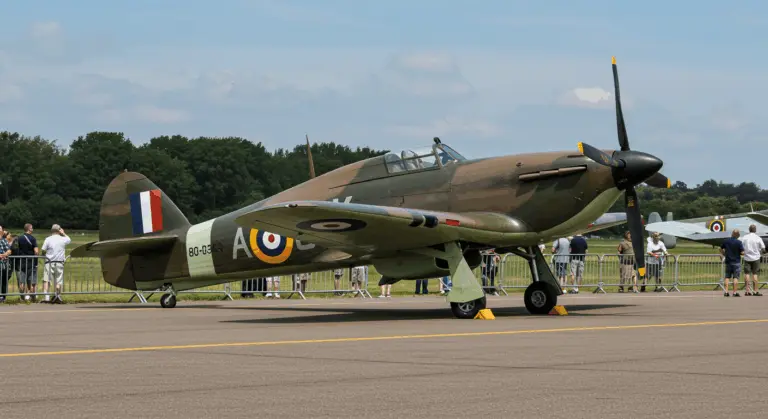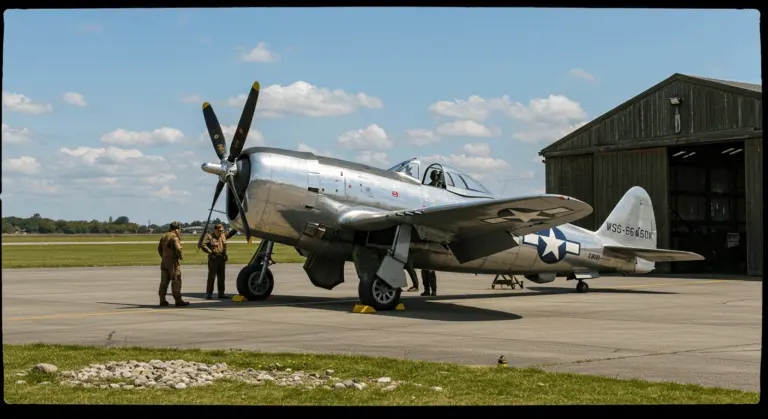Overview of the Mirage 2000 Aircraft
The Dassault Mirage 2000 represents one of France’s most successful military aircraft exports, showcasing the nation’s aerospace expertise. Born from Dassault Aviation’s drawing boards in the late 1970s, this fourth-generation jet fighter emerged as a sleek, lightweight successor to the venerable Mirage III, designed to protect French airspace.
Featuring an elegant delta wing configuration—its 58° leading-edge sweep cutting through air with precision—the Mirage 2000 showcases an area-ruled fuselage that maximizes aerodynamic efficiency across transonic and supersonic regimes. Its advanced fly-by-wire controls, paired with relaxed stability design, provide exceptional maneuverability at high angles of attack. This agility transforms the aircraft into a formidable adversary in close-quarters combat.
As a multirole, single-engine fighter, the Mirage 2000 achieves an impressive balance of performance attributes. Against contemporaries like the F-16, it boasts superior top speed and remarkable operational economy—consuming less fuel while demanding less intensive maintenance. These advantages have made it attractive to air forces operating within tight budgetary constraints.
The aircraft’s versatile design philosophy has enabled it to evolve. Across decades of evolution, it has transformed from a pure air superiority fighter into a multirole combat aircraft mastering diverse missions:
-
Precision ground strikes
-
Reconnaissance
-
Nuclear deterrence
Specifications of the Mirage 2000
The aircraft is powered by the SNECMA M53 after burning turbofan engine—variants like the M53-P2 providing the thrust for supersonic performance and exceptional maneuverability.
Armed with twin DEFY 554 30mm autocannons, the aircraft features nine hard points accommodating a versatile arsenal:
-
Air-to-Air Missiles: Magic II, MICA, Super 530D.
-
Air-to-Ground Weapons: Laser-guided bombs, conventional bombs, and anti-ship missiles.
The Mirage 2000–5 offers significant improvements over the base model. Its Thomson-CSF RAY (Radar Doppler Multitarget) radar system delivers advanced look-down/shoot-down capability, significantly improving the aircraft’s prowess against low-altitude targets masked by ground clutter.
Subsequent evolutions introduced further upgrades:
-
Mirage 2000-5 Mk2: Featured enhanced radar, an upgraded ICS Mk2 countermeasures suite, and compatibility with more smart weaponry.
-
Mirage 2000D RMV: A more recent modernization that added an updated cockpit, the advanced TALOS targeting pod, and expanded missile options.
History of the Mirage 2000
The Mirage 2000s genesis traces back to 1976, when Dassault Aviation embarked on developing a new fighter to succeed the aging Mirage III series. This ambitious initiative responded to France’s urgent need for a modern air defense platform—following the cancellation of the Mirage 4000 project.
On March 10, 1978, the prototype Mirage 2000 completed its maiden flight, marking an important milestone for French aviation. Flight testing progressed with remarkable speed, revealing exceptional handling characteristics and an impressive performance envelope. Following successful trials, production of the initial Mirage 2000C (single-seat) and 2000B (two-seat trainer) variants commenced, with the first production aircraft rolling off the assembly line in 1983.
July 1984 marked the Mirage 2000s official entry into French Air Force service, taking on the critical role of national air defense. The fighter quickly proved its reliability and combat effectiveness, becoming the backbone of French air power for decades.
The 1980s and 1990s witnessed the Mirage 2000 platform’s remarkable evolution. Dassault crafted specialized variants—the nuclear-capable Mirage 2000N and the ground-attack-focused Mirage 2000D—each expanding mission capabilities while preserving the core performance DNA that made the original so successful.
Variants of the Mirage 2000
The Mirage 2000 family has evolved into an extensive family of variants, each meticulously tailored to specific operational demands and export customer requirements. The foundational models include the Mirage 2000C single-seat fighter and the Mirage 2000B two-seat operational trainer, which formed the basis for subsequent developments.
Within the French Air Force, Dassault developed two specialized variants for distinct strategic roles. The Mirage 2000N emerged as France’s nuclear deterrent, designed to deliver the ASMP nuclear missile with high precision at standoff ranges. Meanwhile, the Mirage 2000D was optimized for conventional deep strike missions, incorporating enhanced navigation and targeting systems for devastating ground attack operations.
The mid-1990s introduced the significantly enhanced Mirage 2000–5 series. This included France’s own 2000-5F alongside carefully tailored export variants:
-
Mirage 2000-5EI: For Taiwan.
-
Mirage 2000-5EDA: For Qatar.
-
Mirage 2000-5 MK 2: A further enhanced export model.
The platform’s remarkable adaptability spawned numerous country-specific export variants:
-
Mirage 2000E: The export baseline model.
-
Mirage 2000H/TH & I/TI: For India.
-
Mirage 2000P: For Peru.
-
Mirage 2000EG: For Greece.
-
Mirage 2000BR: For Brazil.
-
Mirage 2000-9: A highly advanced variant for the United Arab Emirates.
Current Operators of the Mirage 2000
The Mirage 2000 commands an impressive global presence, serving with distinction across nine nations’ air forces:
-
France: The primary operator, flying the 2000C, 2000B, 2000D, and 2000-5F.
-
India: A significant international operator with the Mirage 2000H/TH and upgraded I/TI variants, which have proven their worth in combat.
-
United Arab Emirates: Operates the highly advanced Mirage 2000-9 variant.
-
Taiwan: Employs the Mirage 2000-5EI in its air force.
-
Greece: Maintains a substantial fleet of Mirage 2000EG and 2000–5 models.
-
Peru: Operates the Mirage 2000P variant.
-
Qatar: Flies the Mirage 2000-5EDA.
-
Brazil: Utilized the Mirage 2000BR.
-
Ukraine: Slated to receive Mirage 2000s as part of international military aid.
Combat Capabilities of the Mirage 2000
In air superiority missions, the aircraft’s exceptional agility combines effectively with a formidable weapons arsenal:
-
Cannons: Twin DEFY 554 30mm cannons.
-
Medium-Range Missiles: Super 530D and the more advanced MICA.
-
Short-Range Missiles: Magic II and MICA IR for dogfighting.
Ground attack capabilities are extensive—especially in dedicated variants like the Mirage 2000D, capable of deploying various precision-guided munitions:
-
Bombs: GBU-48, GBU-49, and GBU-50.
-
Standoff Weapons: The AAM (Armament Air-Sol Modular) rocket-assisted bomb.
-
Light Munitions: The BAT-120LG for low-collateral-damage strikes.
The Mirage 2000N variant demonstrates the aircraft’s strategic capability, carrying the ASMP medium-range nuclear missile as a cornerstone of France’s nuclear deterrence. Even in this specialized role, the aircraft retains formidable self-defense capability through two MANTRA Magic AAM’s.
Contemporary upgrades have significantly improved the Mirage 2000s combat effectiveness, particularly through advanced sensors that excel in targeting and reconnaissance. Advanced pods like TALOS (Targeting Long-range Identification Tiptronic System) allow for precise strikes regardless of weather conditions—all while minimizing collateral damage. These continuous improvements ensure the Mirage 2000 remains a credible combat aircraft capable of operating effectively in contested environments against sophisticated adversaries.
Modern Upgrades and Future Prospects
France’s Mirage 2000D RMV (midlife update) program provides comprehensive modernization encompassing:
-
A 30mm internal cannon.
-
MICA IR short-range air-to-air missiles.
-
Precision-guided munitions like the GBU-48 and GBU-50.
The cockpit environment has undergone complete digital transformation. Modern multi-function displays and refined human-machine interfaces significantly improve pilot situational awareness while enabling seamless interoperability with NATO and allied forces.
The ambitious Mirage 2000-2025 concept envisions a future evolution featuring:
-
An upgraded SNECMA M53PX engine.
-
An AESA (Active Electronically Scanned Array) radar.
-
Advanced electronic warfare systems.
-
Compatibility with next-generation missiles like the Meteor and MICA-NG.
Though France’s newer Rafael is gradually assuming primary duties, these modernization programs ensure remaining Mirage 2000 fleets will maintain operational relevance until at least 2035. For numerous operators worldwide, the upgraded aircraft offers a cost-effective solution, providing advanced capabilities with proven reliability that will keep it a significant multirole asset for years to come.






